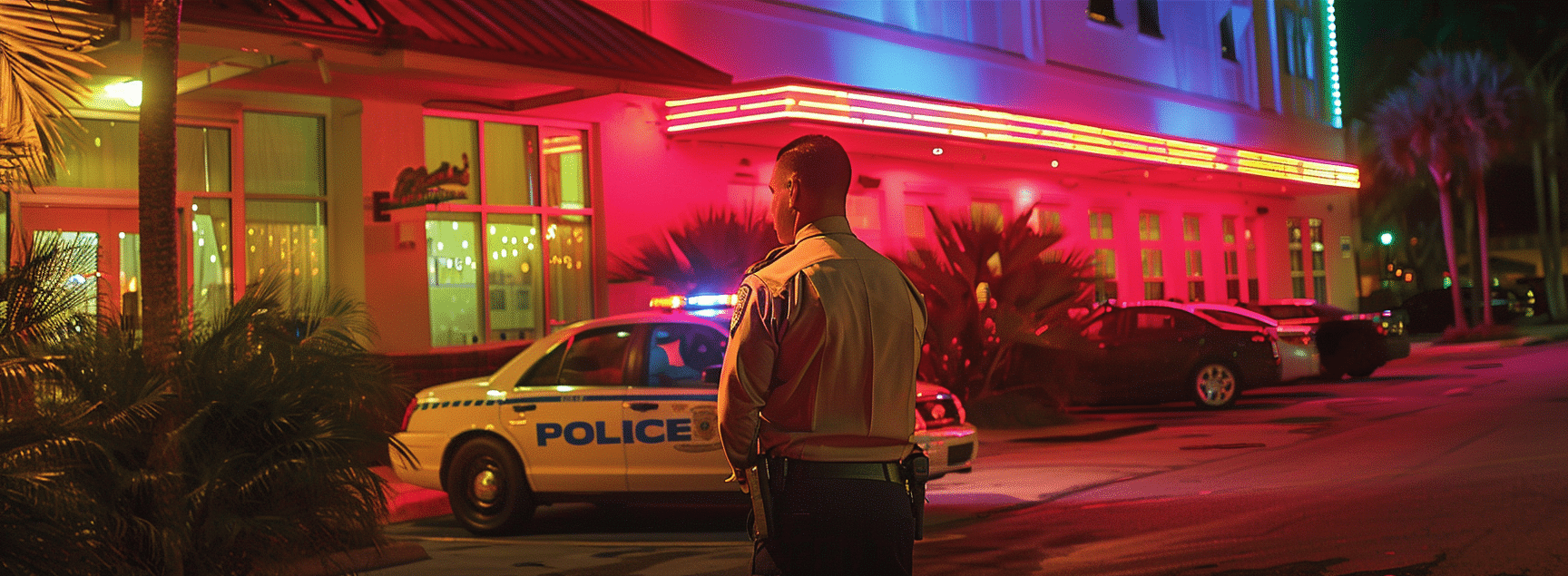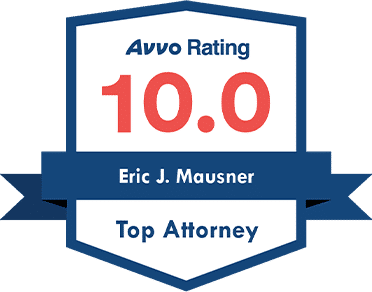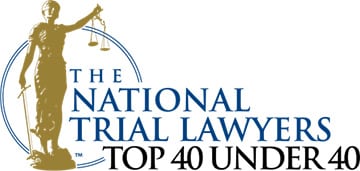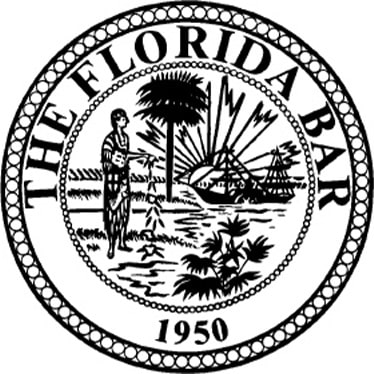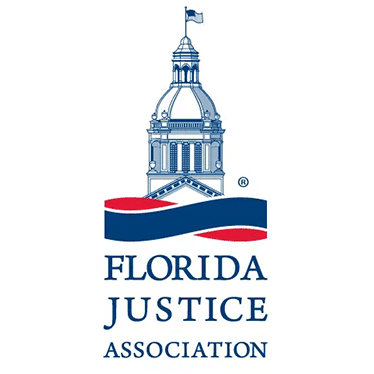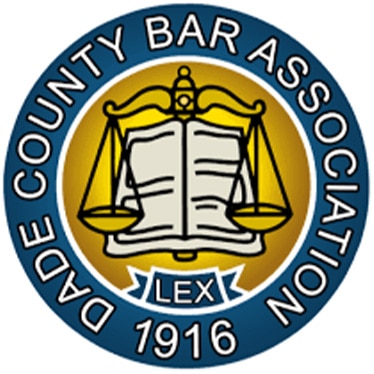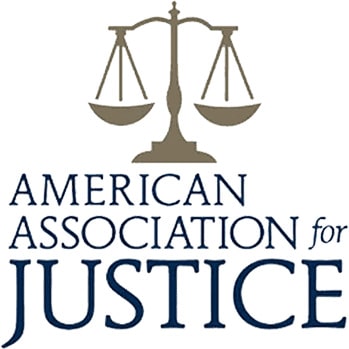Massage parlor human trafficking is a hidden epidemic happening right in our neighborhoods. This article will reveal the signs of trafficking in these establishments, explain the methods traffickers use, and show you how to help combat this serious problem.
Key Takeaways
- Massage parlors often disguise human trafficking and sexual exploitation under the facade of legitimate businesses, using tactics such as covered windows, restricted access, and limited English skills among employees to mask their illicit activities.
- Law enforcement and regulatory agencies play a crucial role in combating human trafficking within massage parlors through undercover operations, strict business regulations and multi-agency collaborations aimed at shutting down illegal establishments and holding perpetrators accountable.
- Individuals can actively contribute to the fight against human trafficking by staying informed, supporting law enforcement efforts through community vigilance, and donating to anti-trafficking organizations to ensure victims receive necessary support and rehabilitation.
Introduction
Nestled among the bustling streets and neon lights of Spring Garden Ave, many massage parlors offer a facade of normalcy, yet harbor a grim secret: they are often the setting for human trafficking and commercial sex operations, including oral sex and sex work. These establishments, while seemingly innocuous, are the stage for human rights abuses, where the currency is not just money, but the very freedom and dignity of individuals forced into servitude. The treatment received within these illicit massage parlor rooms goes far beyond what is legally and morally acceptable for a massage therapist, trapping many in a life far removed from the sanctuary promised.
Our exploration into this issue will reveal:
- The mechanisms that permit such exploitation to flourish
- Effective ways to dismantle them
- Restoring justice and humanity to those trapped within these walls.
Understanding Human Trafficking in Massage Parlors
Human trafficking is a modern-day form of slavery, and massage parlors have become one of its most insidious arenas. Disguised as legitimate businesses, these illicit massage parlors are often found in plain sight within strip malls and commercial districts, offering ‘massage therapy’ as a front for sexual exploitation and forced labor. The internet serves as a powerful tool for these establishments, advertising their services and facilitating transactions with a veneer of legitimacy that belies the human traffickers’ true intentions.
Those affected by these crimes are not just numbers; they are individuals enduring the horrors of sex trafficking and labor abuses. Their pleas for help are often drowned out by commercial noise and the false narratives sold to unsuspecting clients.
Common Tactics Used by Human Traffickers
Behind the closed doors of illicit massage parlors, human traffickers weave a web of deceit and manipulation. They lure victims with the false promise of well-paying jobs or romantic relationships, only to trap them in a cycle of exploitation. These traffickers are cunning, often using psychological coercion rather than physical force to maintain a vice-like grip on their victims.
Victims find themselves in a constant state of dislocation, shuffled between different locations to prevent the formation of connections that might lead to their discovery and rescue. This transient life strips them of their identity, reducing them to mere commodities in the eyes of their captors.
Key Indicators of Illicit Massage Parlors
Awareness is the first step towards action, and certain red flags may signal the presence of human trafficking within massage parlors. These indicators include covered windows, limited English proficiency among employees, and a high turnover of massage therapists – all signs that something more sinister may be occurring within those walls.
Comprehending these indicators empowers us with the knowledge to recognize potential illicit activities, enabling us to intervene effectively.
Covered Windows and Restricted Access
A massage parlor with covered windows or restricted access is not just safeguarding client privacy; it may be concealing illegal activities from public view. These establishments often employ measures such as locked doors or buzzer systems to control who enters, ensuring that the operations within remain shrouded in secrecy.
Such an environment forms an isolated bastion where illicit acts can occur unseen, underscoring the need for us to identify these signs and scrutinize the authenticity of the services provided.
Limited English Skills Among Employees
Communication barriers serve as a powerful tool for traffickers to maintain control over their victims. In many illicit massage parlors, the employees involved have very limited English skills, if any, which not only isolates them from the clients they serve but also from the help they desperately need.
These individuals, often recent immigrants, find themselves trapped in a cycle of exploitation, with no means to navigate the complexities of their new environment or the legal system that could potentially free them.
High Turnover of Massage Therapists
The front desk of a massage parlor might showcase a revolving door of therapists, which at first glance could be mistaken for a sign of growth or expansion. However, this high turnover rate is a red flag, indicative of a cycle of exploitation where workers are frequently replaced to avoid detection and maintain a facade of legitimacy.
Such strategies prevent the formation of regular clientele or the establishment of a stable work environment, which could otherwise provide an opportunity for victims to seek help or escape.
Contact us today for your free & confidential case review. Our team will help you get the compensation that you deserve.
The Role of Law Enforcement and Regulation
The fight against human trafficking in massage parlors is not solely the responsibility of activists; law enforcement agencies and regulatory bodies also play an indispensable part. Through investigations, undercover operations, and the enforcement of strict business and professional regulations, these entities strive to uncover and dismantle the networks that perpetuate these crimes.
However, the guise of legitimate business operations that many massage parlors employ poses a significant challenge in detecting money laundering, requiring meticulous effort and evidence to bring perpetrators to justice.
Law Enforcement Crackdowns
Undercover detectives and multi-agency collaborations, including the Jacksonville Sheriff’s Office, are at the forefront of law enforcement’s response to illicit massage parlors. These operations, often involving Homeland Security Investigations, are designed to infiltrate these establishments, gather evidence, and ultimately lead to arrests and business shutdowns.
The effectiveness of such crackdowns was evident in the raids conducted on massage businesses in Martin County, where arrests were made, and those involved in offering sex acts for pay were evicted, sending a strong message that such illegal activities would not be tolerated.
Business and Professional Regulation
Beyond the immediate response of law enforcement, the importance of business and professional regulation cannot be understated. Regulatory bodies, such as the Florida Department of Health and the Department of Professional Regulation, enforce licensing requirements and conduct regular inspections to monitor massage parlors for illicit activities. These measures, along with legal statutes that hold landlords accountable if they knowingly rent space to illicit parlors, form a comprehensive strategy to prevent human trafficking and ensure the integrity of the massage therapy industry.
Case Studies of Human Trafficking in Massage Parlors
The reality of human trafficking in massage parlors goes beyond the abstract; it manifests as a harrowing narrative in numerous real-world situations. Case studies such as the Miami Beach busts and the Orchids of Asia Day Spa scandal serve as sobering reminders of the prevalence of these crimes and the complexities involved in bringing them to light.
By examining these examples in detail, we gain insight into the tactics used by traffickers and the challenges faced by those fighting to end this exploitation.
Miami Beach Busts
The underbelly of Miami Beach’s vibrant scene was exposed during a police raid in 2017, where detectives detained Asian women and attempted to discern victims from perpetrators, shutting down four brothels masquerading as spas. Despite these efforts, the aftermath revealed the difficulties in securing prosecutions, as witnesses vanished and some establishments managed to evade closure.
Subsequent busts further unveiled the extent of the issue, with hidden cameras capturing illicit acts and rooms set up for the very purpose of facilitating prostitution, highlighting the ongoing battle against these illegal operations.
Orchids of Asia Day Spa Scandal
The Orchids of Asia Day Spa scandal cast a spotlight on the issue of human trafficking in massage parlors, implicating high-profile individuals and revealing the widespread nature of this illicit industry. The investigation’s aftermath, however, demonstrated the complexity of prosecuting such cases, as only one woman was charged with trafficking-related crimes, with others facing prostitution charges in connection to the Asian massage services provided at the Sunshine Spa.
This case underscored the urgent need for a more effective legal framework to protect victims and hold perpetrators accountable.
Who Are the Victims?
The victims of human trafficking in massage parlors are not anonymous figures; they are actual women, frequently middle-aged immigrants from regions like China and South Korea, enticed by the deceptive promise of high income and superior life. These individuals, many of whom speak little English, are frequently coerced into working long hours for minimal compensation while living in the very establishments that exploit them.
Their plight is a testament to the traffickers’ predatory targeting of the vulnerable, exploiting economic hardship, emotional distress, and the absence of social safety nets to recruit their victims.
How You Can Help Combat Human Trafficking
We all possess the potential to contribute significantly to the battle against human trafficking. Staying informed, raising community awareness, endorsing policies aimed at combating these crimes, and volunteering with dedicated organizations enable us to be part of a collective force disrupting the cycle of exploitation and brightening the future for victims.
Supporting Law Enforcement Efforts
Empowerment begins in our neighborhoods, where community watch programs and vigilance play a crucial role in supporting law enforcement efforts. By reporting suspicious activities, community members can aid further investigation and assist police in identifying potential trafficking situations. Engagement in community policing initiatives not only strengthens local efforts but also fosters a sense of collective responsibility to protect the most vulnerable among us from exploitation.
Donating to Anti-Trafficking Organizations
Financial support is a vital lifeline for anti-trafficking organizations, enabling them to conduct rescue operations, provide victim support services, and facilitate the rehabilitation of survivors. Donations contribute to education and employment opportunities for survivors, aiding their transition back into society with dignity and purpose.
Contributing to funds like the End Human Trafficking Fund directly aids a network of charities dedicated to eradicating this global menace, thus providing a fresh start for those who have suffered unthinkable difficulties.
Summary
As we conclude, it is clear that the fight against human trafficking within massage parlors is multifaceted, requiring vigilance, awareness, and a unified response from individuals, communities, law enforcement, and regulatory bodies. By recognizing the signs of illicit operations, supporting crackdowns, enforcing regulations, and offering compassion to victims, we can dismantle the mechanisms of exploitation and rebuild lives. Let this be the moment when we commit to turning the tide against this hidden epidemic, ensuring that every person has the freedom to live a life unmarred by the shadows of trafficking.
Frequently Asked Questions
What are the common tactics used by traffickers in massage parlors?
What are some indicators that a massage parlor might be involved in human trafficking?
How can individuals help combat human trafficking in massage parlors?
Why is law enforcement important in the fight against human trafficking in massage parlors?
What challenges do police face in shutting down illicit massage parlors?
Police face challenges such as the need for concrete evidence and disappearing potential witnesses when shutting down illicit massage parlors, as well as some establishments managing to stay open despite evidence of illegal activities.
Last updated Wednesday, December 18th, 2024


